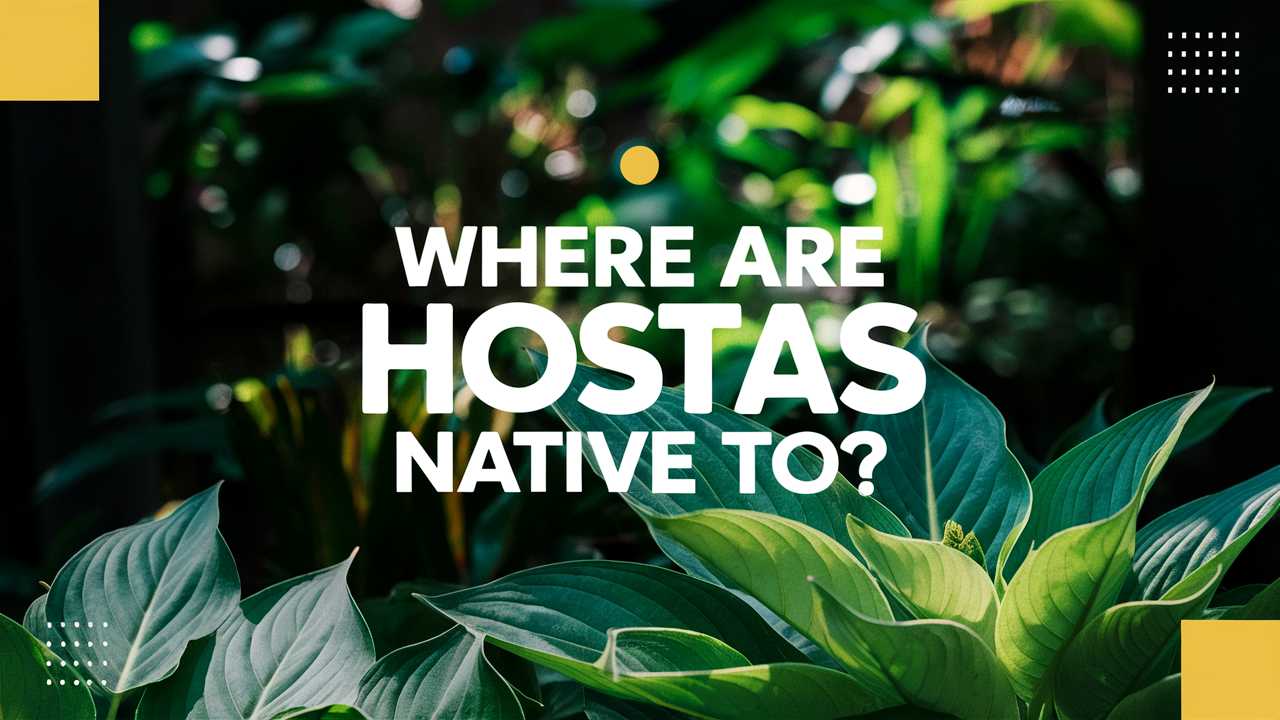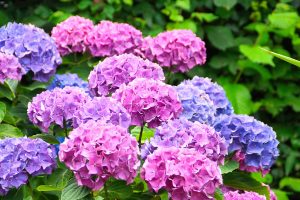On this page, we’ll introduce you to the native habitats of hostas, exploring their origins, diversity, and the ecosystems they thrive in. Join me as we uncover the fascinating journey of hostas from their natural homes to your garden.
The Natural Habitat: Hostas in East Asia
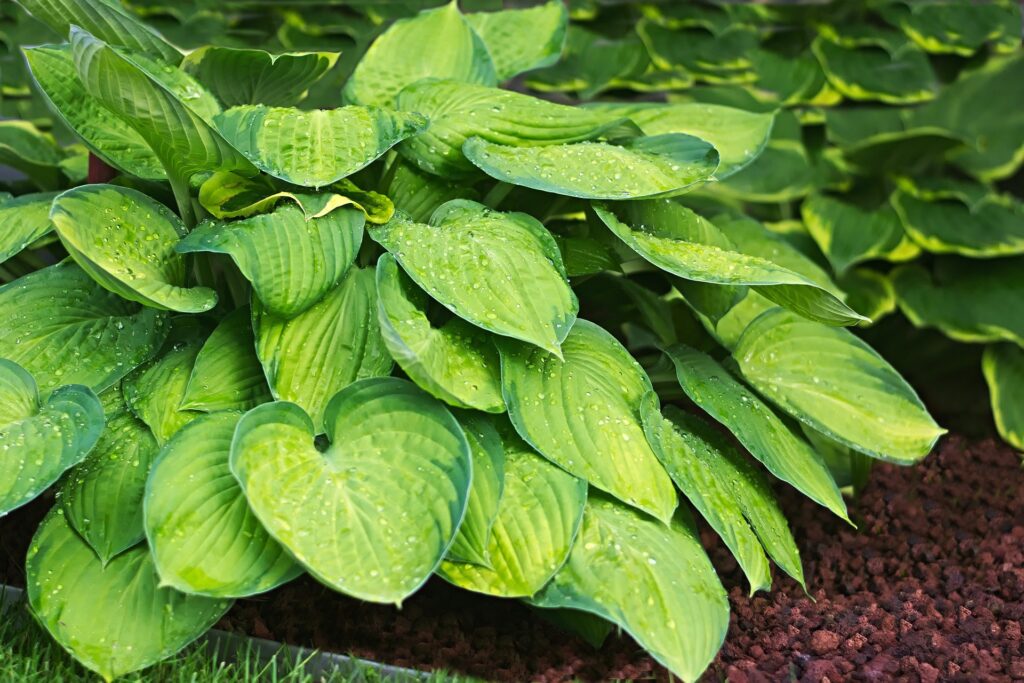
Hostas are predominantly native to the temperate regions of East Asia, with their most significant presence in countries such as Japan, Korea, and China. This area is where various species thrive in their natural habitats, adapting to the unique climatic conditions and ecosystems found there.
Japan: The Heart of Hosta Diversity
Japan is often regarded as the epicenter of hosta diversity. In fact, several species of hostas were first identified in the Japanese archipelago. One notable example is Hosta sieboldiana, which was named after the German botanist Philipp Franz von Siebold. Siebold introduced many hosta species to the Western world in the 19th century, and his contributions laid the foundation for the hosta cultivation that continues today.
The rich biodiversity found in Japan, characterized by its mountainous landscapes, allowed hostas to flourish under a canopy of trees. They typically grow in shaded or partially shaded environments, often found at the base of deciduous forests. The combination of moderate temperatures and ample rainfall creates an ideal setting for hostas, giving them the ability to adapt and thrive in a variety of soil types.
Korea: A Unique Contribution
Moving a bit westward, we find Korea contributing its own species to the hosta family. Hosta erecta, an endemic species, is native to Korea and is particularly recognized for its upright growth habit. These hostas have adapted to the cooler, mountainous regions of the Korean Peninsula, thriving in rich, organic soils.
Korean hostas typically enjoy similar growing conditions as their Japanese counterparts; they are often found in shaded woodlands. However, they stand out for their unique leaf textures and colors, which have led to their popularity among collectors and enthusiasts in recent years.
China: The Lesser-Known Hosts
China plays a significant role in the hosta lineage, offering several species that are lesser-known yet incredibly unique. For example, Hosta clausa, found in China, can be spotted in cool, moist habitats such as forest edges. This species, along with others found in China, showcases the diversity of hostas and their ability to adapt to varying climates and elevations.
China’s vast geographical features, including mountains, valleys, and plateaus, provide a range of environments for hostas. This adaptability allows them to thrive in diverse ecosystems, further proving the resilience of this remarkable plant group.
Understanding Hosta Habitats: Climate and Soil Preferences
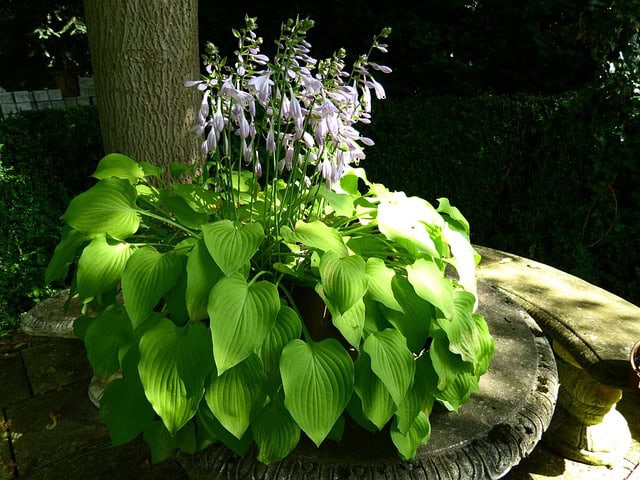
The Ideal Conditions for Growth
Every garden champion knows that understanding a plant’s native habitat is crucial for successful cultivation. Hostas prefer environments that mirror their natural surroundings: shaded areas with moist, well-drained soil. The ideal growing conditions for hostas often include:
Shade to Partial Shade: In their native habitats, hostas typically grow in shaded areas, which shield them from harsh sunlight. This environment not only protects them from the sun’s rays but also helps retain moisture in the soil.
Moisture-Retentive, Well-Drained Soil: Hostas thrive in soil rich in organic matter that retains moisture but drains well. This balance prevents root rot, a common issue with overwatered or poorly drained soils.
Adaptability Across Different Regions
While East Asia is the epicenter of hosta diversity, the adaptability of hostas has allowed them to be successfully cultivated in a variety of regions worldwide. In fact, they’ve become a staple in gardens across North America and Europe. Over the last century, hostas have been hybridized and bred to enhance their desirable qualities, expanding their appeal beyond their native landscapes.
Climate Variance
Hostas can adapt to both humid and temperate climates. However, extreme temperature fluctuations can pose a challenge for these delicate plants. For gardeners in more temperate regions, it’s essential to provide conditions that mimic those of hostas’ native habitats to ensure healthy growth and flourishing plants.
The Cultural Significance of Hostas
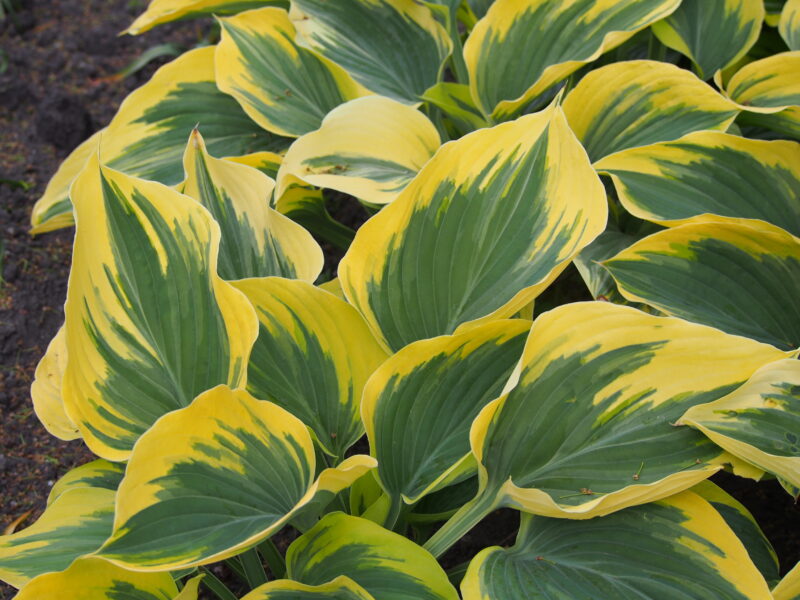
Hostas in Japanese Culture
In Japan, hostas hold cultural significance beyond mere decoration. Known as “yabukita” in Japanese, these plants are associated with tranquility, beauty, and nature’s resilience. Traditional Japanese gardens often incorporate hostas, creating peaceful retreats through the use of shade plants.
Hostas are not only appreciated for their aesthetics but also for their ability to complement the overall garden layout, promoting harmony and balance in outdoor spaces. As such, they are truly an integral aspect of Japanese landscape design.
Hostas in Overcoming Adversity
The adaptability of hostas resonates with many gardeners, symbolizing resilience and the ability to thrive in challenging conditions. Their tenacious nature, seen in various environments and climates, reflects an enduring spirit that resonates universally, making them popular symbols in gardens worldwide.
Cultivation and Hybridization: From Native Species to Garden Staples
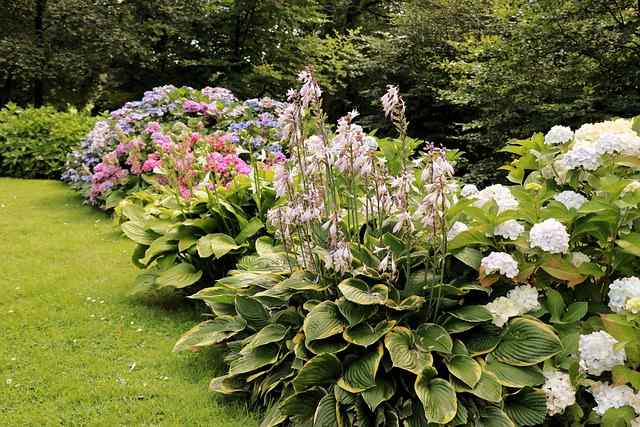
Breeding and Hybridization
As global interest in hostas has increased, so too has the practice of hybridization. Gardeners and horticulturists have meticulously crossed various hosta species to create new cultivars with enhanced traits such as unique leaf colors, variegation, and improved disease resistance.
These hybrid cultivars often embody a wide array of shapes and sizes, making it possible for gardeners to select varieties that best suit their landscape. For example, Hosta ‘Patriot’ features striking white margins on deep green leaves, while Hosta ‘Sum and Substance’ boasts large, chartreuse leaves that can make a bold statement in any garden.
Sustainability and Ecological Impact
With the rise in popularity of hostas in gardens around the world, it’s vital to consider their ecological impact. Responsible gardening practices, including avoiding invasive species and selecting native cultivars, are essential for maintaining a balanced ecosystem. By choosing hostas that are true to their native origins, gardeners can support biodiversity while enhancing their landscapes.
Caring for Hostas: Best Practices for Gardeners
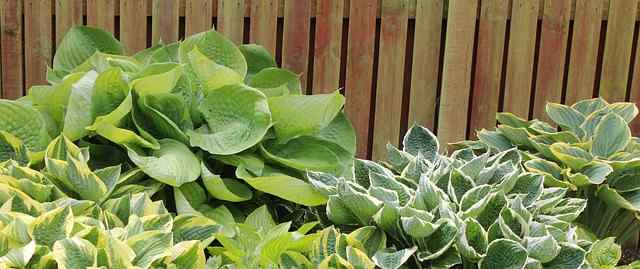
Planting and Placement
To ensure your hostas thrive, proper planting and placement is critical. Here are some best practices to follow:
Choose the Right Location: Find a spot that mimics their natural habitat—somewhere protected from harsh sunlight and extreme weather.
Prepare the Soil: Enrich the soil with organic matter such as compost or well-rotted leaves to improve moisture retention and drainage.
Watering: While hostas love moisture, it’s important to avoid overwatering. A good rule of thumb is to water deeply but infrequently, allowing the soil to dry out slightly between watering sessions.
Seasonal Care
Mulching: Applying a layer of mulch helps retain moisture and suppress weeds, keeping your hostas healthy throughout the growing season.
Fertilizing: Hostas benefit from a balanced fertilizer in early spring. Be cautious not to over-fertilize, as this can lead to weaker plants.
Pruning: Regularly remove any yellowing or damaged leaves to maintain appearance and encourage healthy growth.
Conclusion: The Enduring Appeal of Hostas
Hostas, with their rich history and diverse native habitats, continue to win the hearts of gardeners and nature enthusiasts alike. Their ability to adapt and thrive in various conditions symbolizes resilience, making them a fitting addition to gardens of all types.


